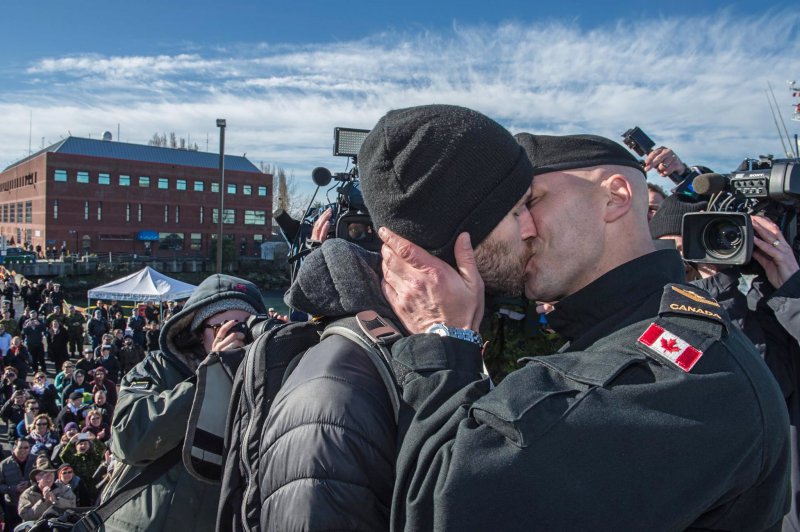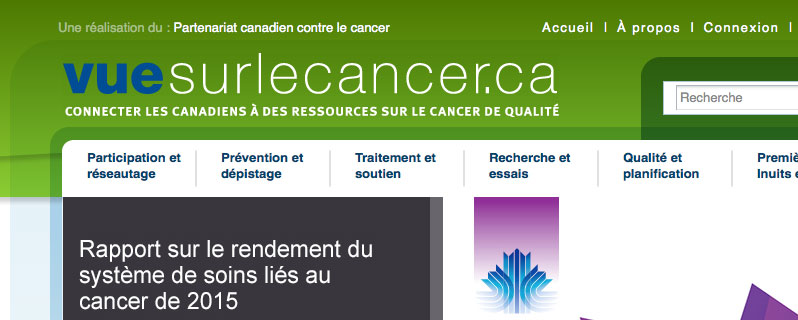In the Inuit regions of Labrador, the word “son” is written as “Innik.” Cross the border into Arctic Quebec and the word becomes “Irniq.” Skip across Hudson Strait onto Baffin Island, and the word is now a series of syllabic symbols that—to non-Inuit—might look like a triangle, a whistle and several elevated squiggles.
It’s all the same Inuktitut word. But in the linguistic maze of the Canadian Arctic, the roughly 40,000 speakers of the Inuit language use no fewer than nine different writing systems and two alphabets.
“Linguists have told us Inuktitut is one of the hardest languages to learn as a second language,” said James Eetoolook, vice-president of Nunavut Tunngavik, the corporation governing the Nunavut Land Claims Agreement.
And it’s why — after decades of planning — Canada’s Inuit are now hammering out a plan to unite the entire Arctic under a single Roman-lettered language.
“There’s been talk of this for years; it’s not new,” said Jeela Palluq-Cloutier, the Inuit-language coordinator for ITK, the organization representing all Canada’s Inuit.
But it’s only recently that ITK has formed Autausiq Inuktut Titirausiq, a task force of eight representatives — two from each of Canada’s four Inuit regions — to figure out a common standard to be understood from Inuvik to Labrador.
Just last month, the task force made news in the Arctic by recommending the system abandon Inuit syllabics and stick strictly to Roman orthography.
“With language erosion, we have to figure out a better way for young people to read and write in our language,” said Jeannie Arreak-Kullualik, one of two Nunavut representatives on the task force.
National Post, Tristin Hopper: “With nine written versions and two alphabets, Inuit language finally getting much needed makeover.”
#canada




1. Le 26 février 2016,
blah
C’est nous les gays de la Marine,
Du plus p’tit jusqu’au plus grand,
Du mousaillon au commandant…
2. Le 26 février 2016,
samantdi
Très belle photo, émouvante.
3. Le 8 mars 2016,
Karl, La Grange
Une pause pub
4. Le 8 mars 2016,
Laurent Gloaguen
Merci. Avec des minous dedans. :-)